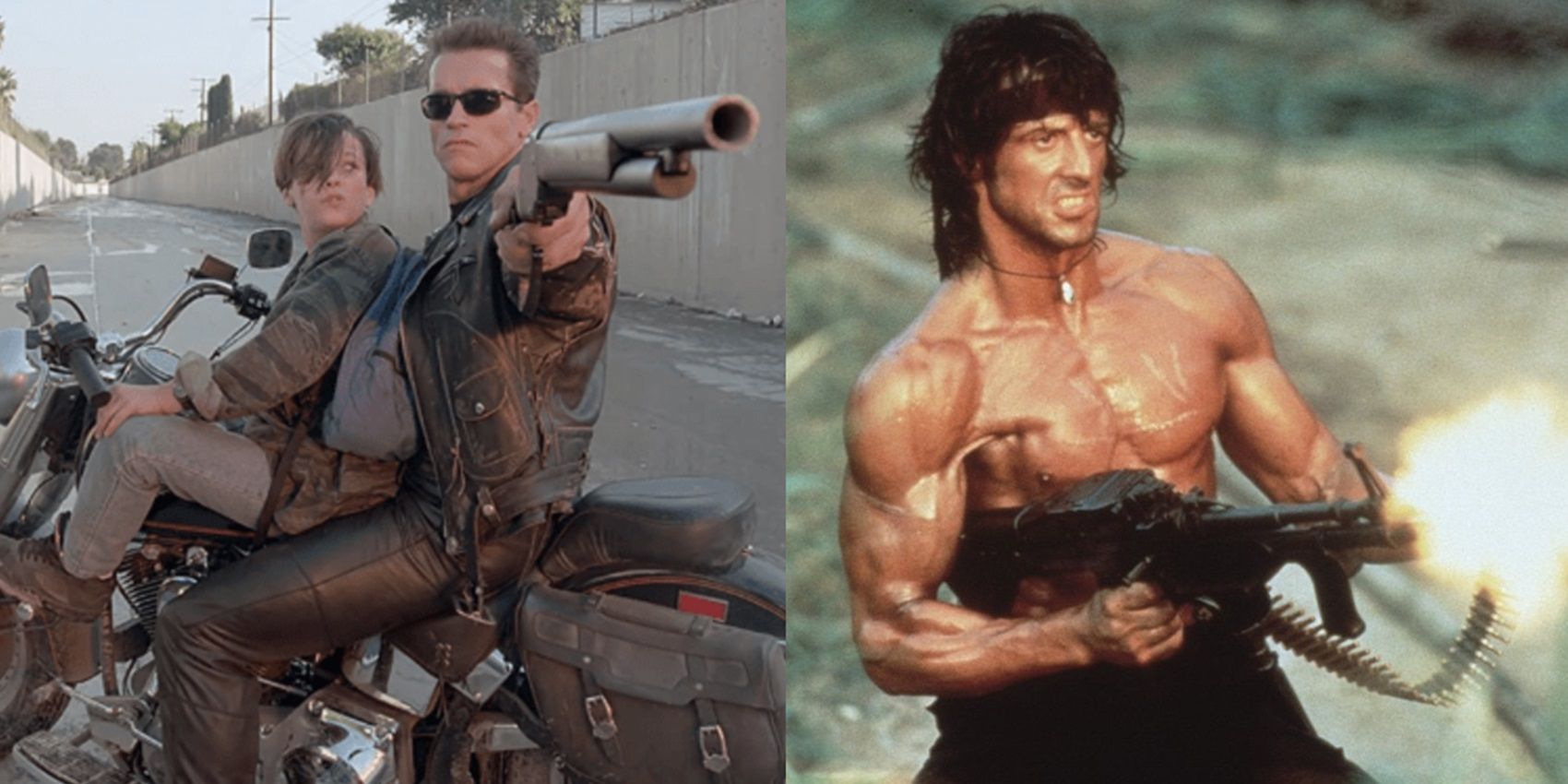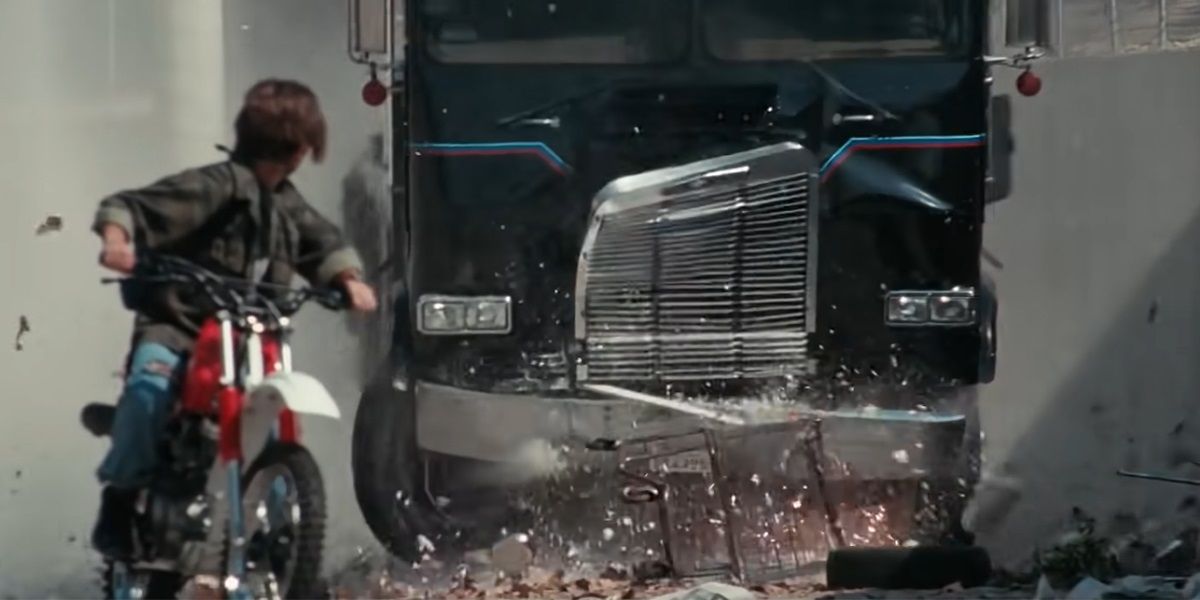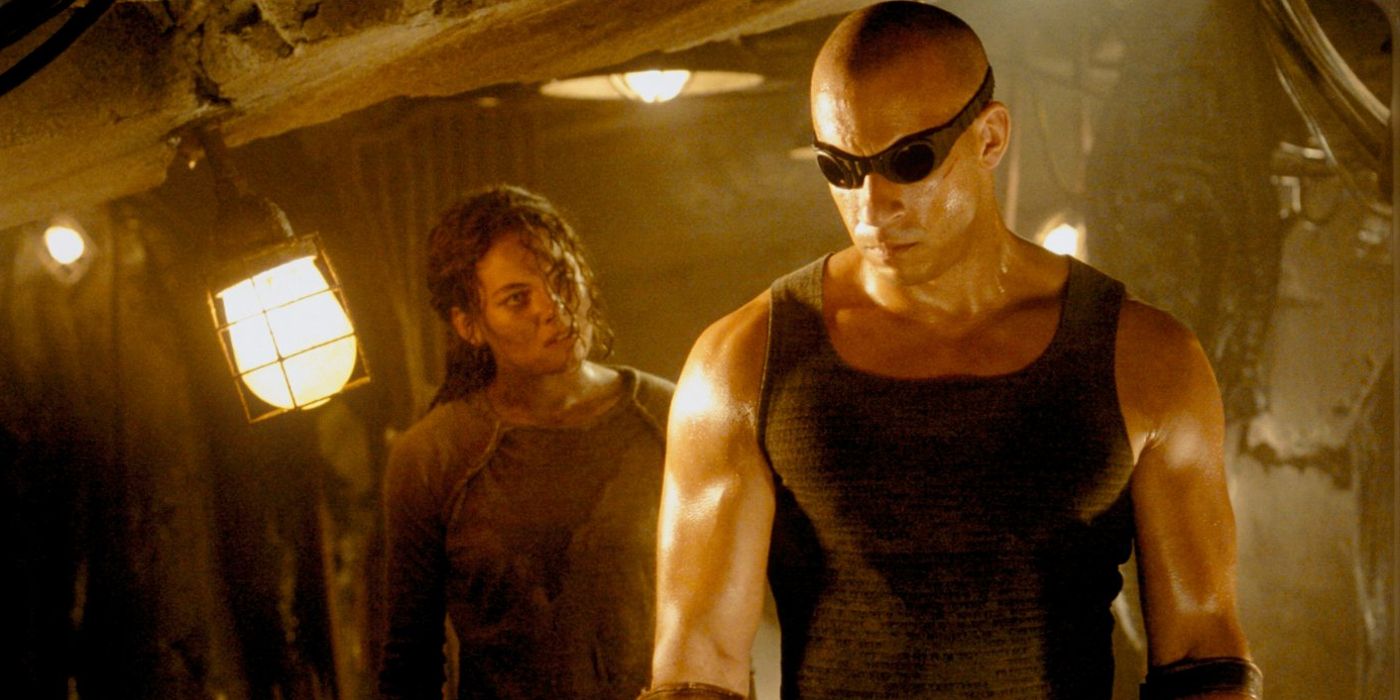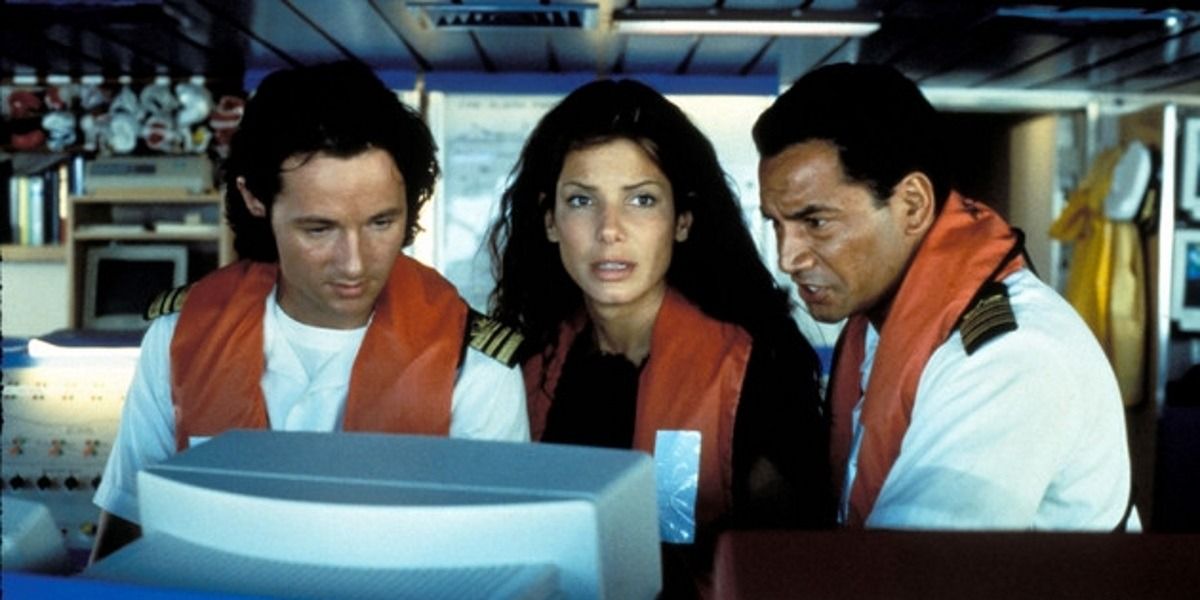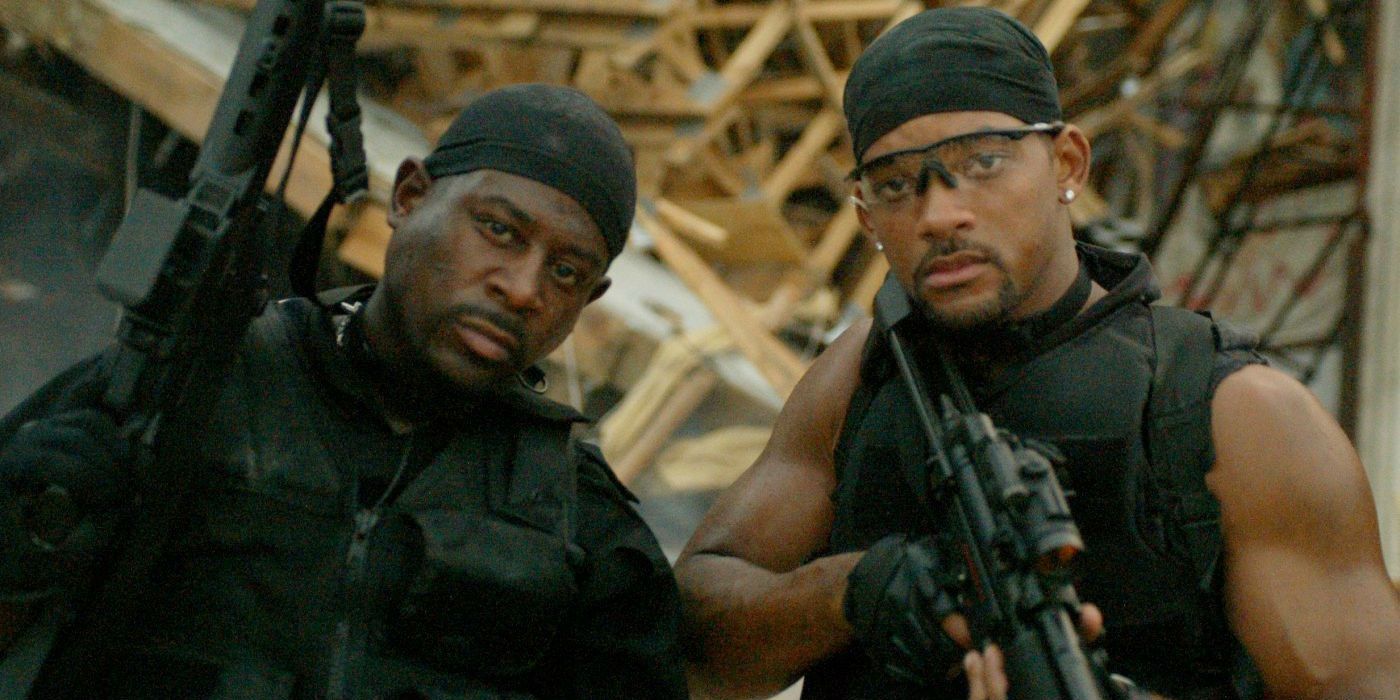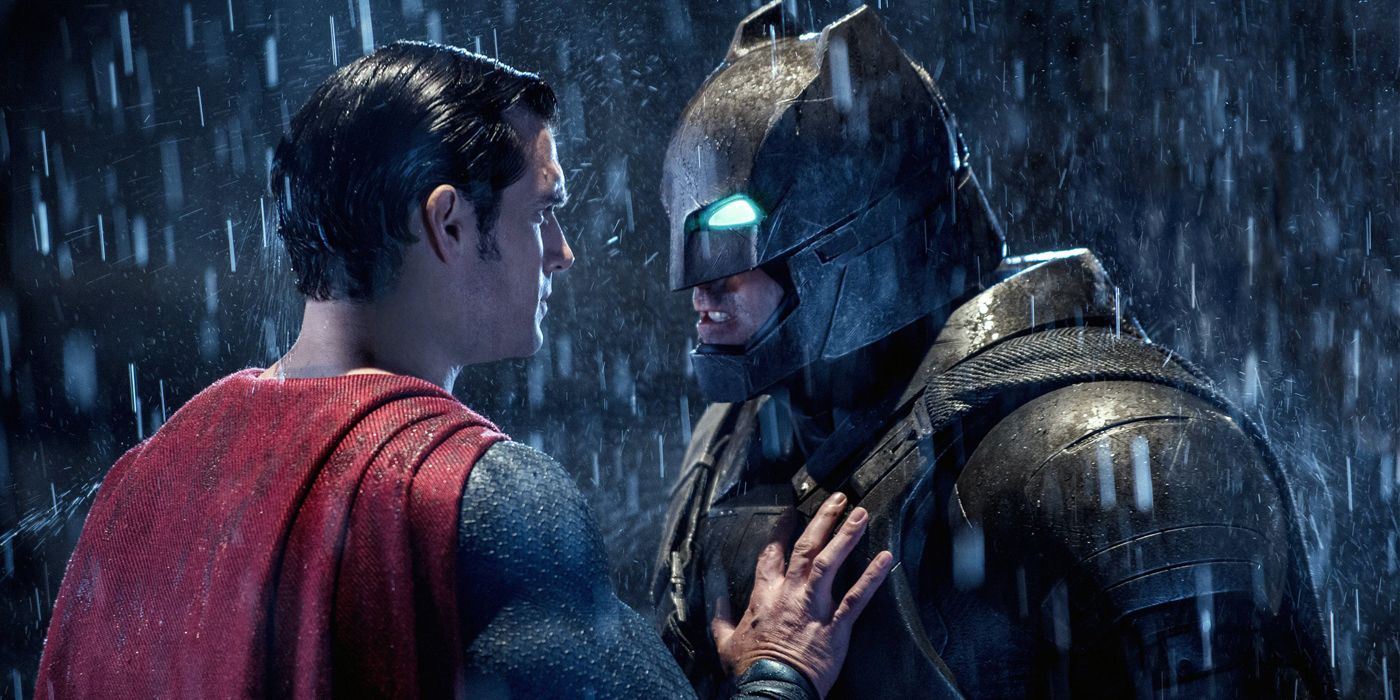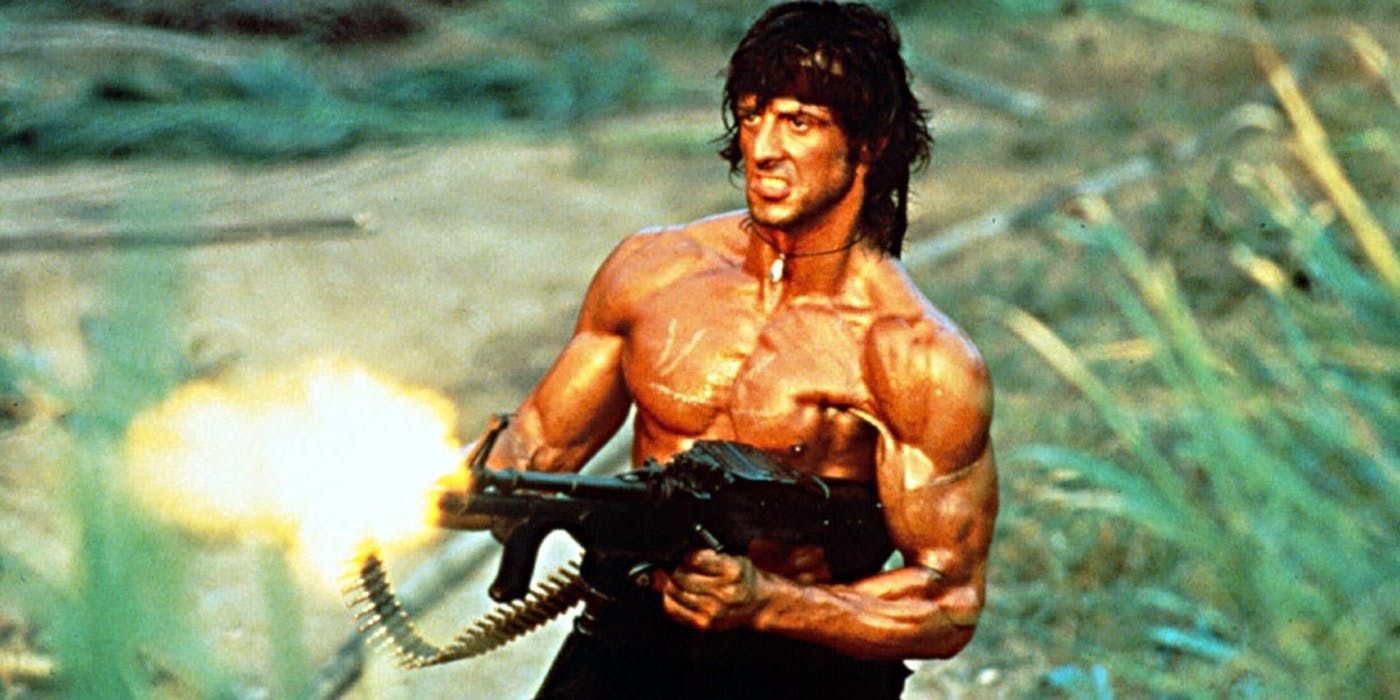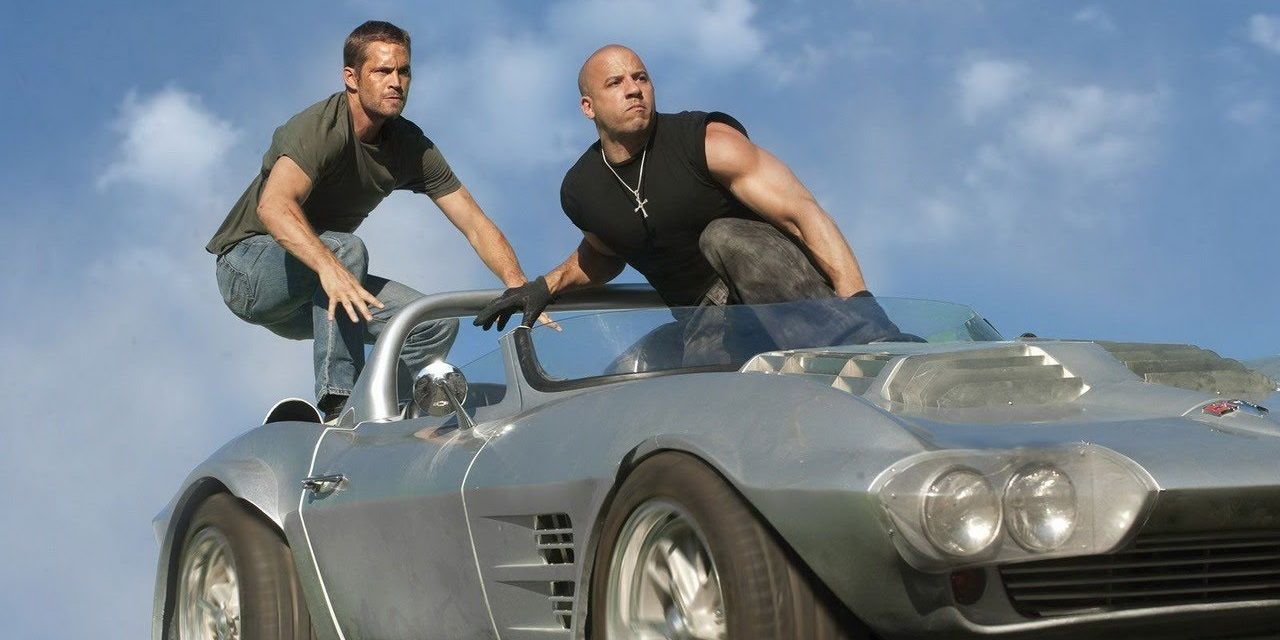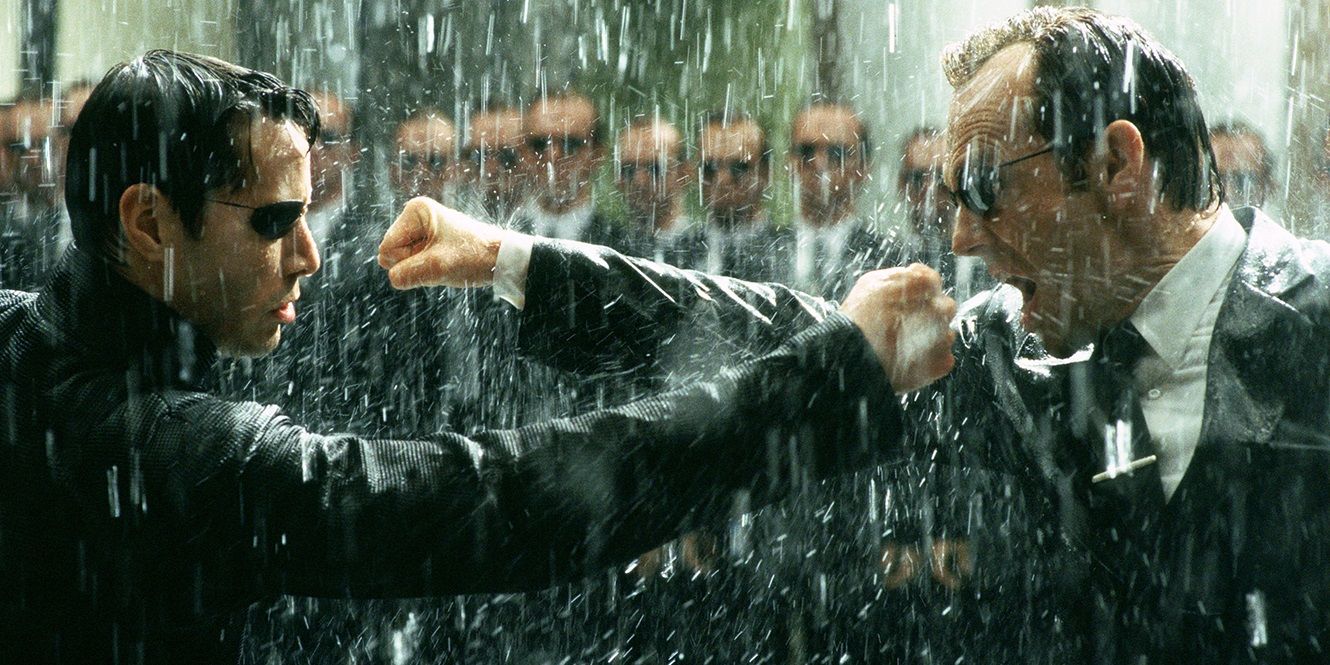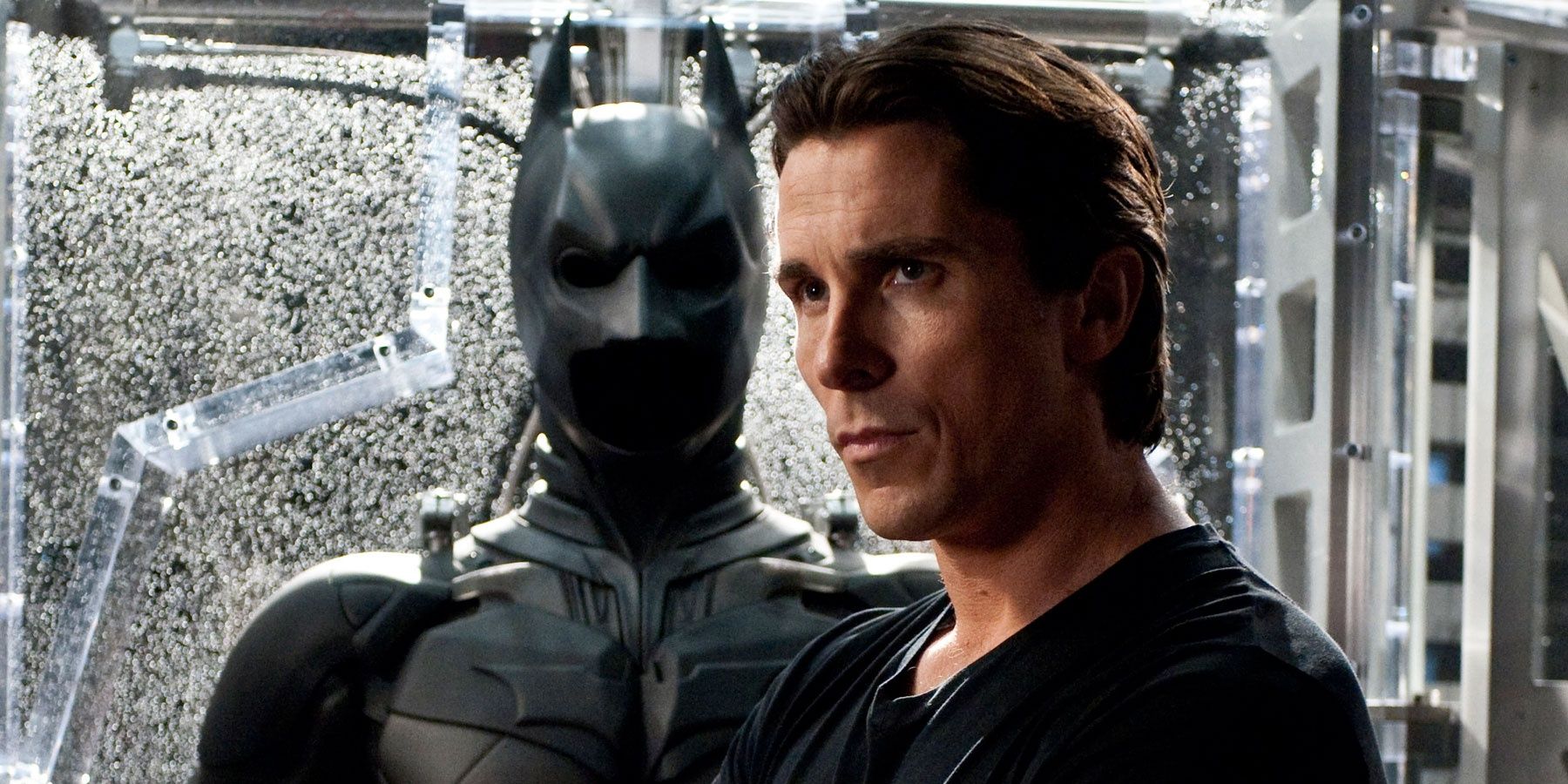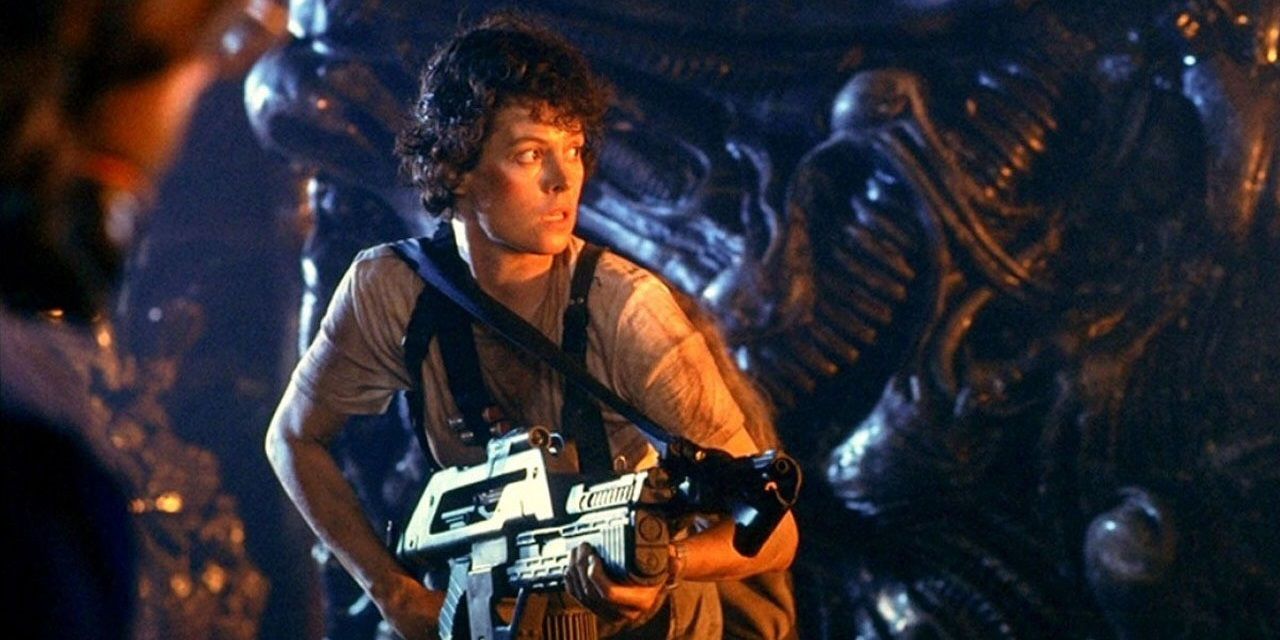The general expectation of a sequel to a beloved movie is that it’ll be bigger and better than the original. While the latter has only been achieved a handful of times — The Godfather Part II, The Empire Strikes Back, and The Dark Knight spring to mind — the former is a lot easier to achieve. To make a bigger movie, the studio just has to give the filmmakers more money.
After the original Terminator movie introduced audiences to the titular killer cyborgs from the future in the context of an intimate neo-noir, Terminator 2: Judgment Day blew audiences away with a $100 million CGI-laden spectacle.
Terminator 2: Judgment Day (1991)
The 1984 original Terminator movie was an intimate tech-noir with a shoestring $6.4 million budget. The 1991 sequel, produced at the height of Arnold Schwarzenegger’s fame, is an all-out action epic that set a new record for the most expensive movie ever made, reported between $94 million and $102 million — more than the first movie made in its entire box office run.
This investment paid off, as Terminator 2: Judgment Day ended up grossing over $500 million worldwide. Where the original saw a human protecting another human from a T-800, T2 saw a T-800 protecting a human from the even more advanced T-1000, brought to life with groundbreaking CGI that still mostly holds up today.
The Chronicles Of Riddick (2004)
2000’s Pitch Black was a small-scale sci-fi horror flick shot on a modest budget of $23 million. Its first sequel, The Chronicles of Riddick, ballooned to a giant studio epic that cost more than $100 million (and barely scraped it back at the box office).
This movie suffered massively from the restrictions of its PG-13 rating. The hard-R edge was one of Riddick’s main appeals in his introduction in Pitch Black.
Speed 2: Cruise Control (1997)
The original Speed movie is a well-crafted action thriller starring Keanu Reeves as a cop trying to defuse a bomb that will explode if the bus it’s on drops below 50mph. Sandra Bullock co-starred as a passenger who happened to be able to drive a bus at dangerous speeds.
The sequel, Speed 2: Cruise Control, starring Bullock with no Reeves, swapped out the bus for a giant cruise ship chugging through the ocean, which is a lot less suspenseful than a bus tearing through heavily populated city streets, narrowly avoiding innocent civilians at every turn.
Bad Boys II (2003)
Michael Bay’s original Bad Boys movie, released in 1995, was a $19 million buddy cop action-comedy. Its 2003 sequel is a $130 million two-and-a-half-hour Bayhem epic.
In both cases, the MVP wasn’t anything to do with the scale of the action, but rather the dynamic on-screen chemistry shared by the perfectly matched Will Smith and Martin Lawrence.
Batman V Superman: Dawn Of Justice (2016)
While it’s also a Batman reboot, an extended trailer for Justice League and a loose adaptation of The Dark Knight Returns, Batman v Superman: Dawn of Justice is technically Man of Steel 2.
And it’s much more grandiose and unwieldy than the focused origin story in the first Man of Steel. Zack Snyder was much more interested in introducing Batfleck than in continuing the adventures of Henry Cavill’s Superman.
Rambo: First Blood Part II (1985)
The original Rambo movie, First Blood, is an intimate psychological thriller confined to a police manhunt in the woods. 1985’s First Blood Part II is a complete tonal 180: an explosive action thriller about a one-man army singlehandedly restarting the Vietnam War. Interestingly, James Cameron has a writing credit on the sequel.
In the first movie, Rambo causes one death: the accidental death of a cop who was sadistically trying to shoot him from a helicopter and endangered his own life by removing his harness to get a better shot. In the second one, Rambo mows down 58 people in cold blood. He rides a war helicopter into the final battle, liberating a bunch of American prisoners of war and blowing their captors to kingdom come on the way out.
Fast Five (2011)
The fifth Fast & Furious franchise stepped up the Fast saga from a series of generic car actioners to a series of must-see high-octane globetrotting blockbusters.
With big set pieces like a foot chase across the favelas of Rio or two sports cars dragging a locked vault through the city, Fast Five is as exciting and delightfully absurd as a mindless action blockbuster can be. The Fast & Furious movies have been an exercise in one-upmanship, with bigger and bolder action sequences since Fast Five changed the game.
The Matrix Reloaded & The Matrix Revolutions (2003)
After Warner Bros. took a gamble on The Matrix — the Wachowskis’ curious blend of Ghost in the Shell, Alice in Wonderland, and martial arts movies — that gamble paid off with blockbusting box office returns. So, the Wachowskis were given a blank check to complete the trilogy.
They shot The Matrix Reloaded and The Matrix Revolutions back-to-back and then released them just a few months apart in 2003. The sequels are way more ambitious and sprawling than the original.
The Dark Knight Rises (2012)
In concluding his Batman trilogy with The Dark Knight Rises, Christopher Nolan faced the insurmountable task of going even bigger than The Dark Knight, an ambitious crime epic in the vein of Michael Mann’s Heat about a city being brought to its knees by a terrorist.
With the 2012 finale, Nolan went all-out and essentially staged the French Revolution on the streets of Gotham in an homage to A Tale of Two Cities.
Aliens (1986)
Ridley Scott’s 1979 original Alien movie is a taut, tense horror masterpiece. It sees the crew of the Nostromo contending with a single xenomorph — it’s a claustrophobic haunted house story in space.
James Cameron’s 1986 sequel Aliens is a large-scale action thriller in which Ripley and a band of Colonial Marines unwittingly take on a festering hive of xenomorphs and their queen. Surprisingly, Aliens’ $18.5 million budget isn’t much higher than Alien’s $11 million budget, but the story has a much grander scope.

